It has now been just more than 2,000 days since nasa’s Curiosity rover landed on the surface of Mars. In the days (or “sols,” as they are called on Mars) since its complex sky-crane touchdown, Curiosity has made countless discoveries with multiple instruments, including drills, lasers, and an array of imaging instruments that so far have sent 468,926 images back to Earth. Gathered here are a few images of Mars from Curiosity over the past few years.
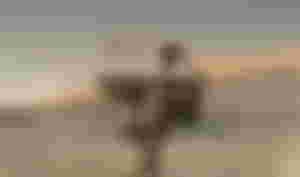
1. A selfie on Mars, taken by NASA's Mars rover, Curiosity, on January 23, 2018, or Sol 1943, using its Mars Hand Lens Imager. Image stitched together from a series of panoramic images; sky artificially extended.
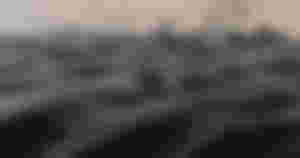
2. Two sizes of wind-sculpted ripples are evident in this view of the top surface of a Martian sand dune. Sand dunes and the smaller type of ripples also exist on Earth. The larger ripples—roughly 10 feet (three meters) apart—are a type not seen on Earth nor previously recognized as a distinct type on Mars. The mast camera (mastcam) on NASA's Curiosity rover took the multiple component images of this scene on December 13, 2015, during the 1,192nd Martian day of the rover's work on Mars.The location is part of Namib Dune in the Bagnold Dune Field, which forms a dark band along the northwestern flank of Mount Sharp.
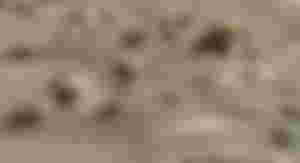
3. This image was taken by Curiosity's mastcam on Sol 1648, or March 26, 2017.

4. Curiosity recorded this view of the sun setting at the close of the mission's 956th Martian day, on April 15, 2015, from the rover's location in Gale Crater, Mars.
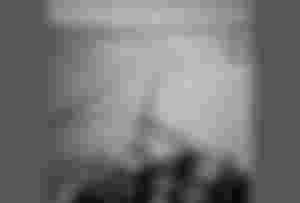
5.NASA's Curiosity Mars rover used the navcam on its mast for this look back after finishing a drive of 328 feet (100 meters) on Sol 548 (February 19, 2014). The rows of rocks just to the right of the fresh wheel tracks in this view are an outcrop called "Junda." The rows form striations on the ground, a characteristic seen in some images of this area taken from orbit. For scale, the distance between Curiosity's parallel wheel tracks is about 9 feet (2.7 meters).

6.This view from NASA's Curiosity Mars Rover shows the downwind side of Namib Dune, which stands about 13 feet (4 meters) high. The site is part of Bagnold Dunes, a band of dark sand dunes along the northwestern flank of Mars's Mount Sharp. The component images stitched together into this scene were taken with Curiosity's navcam on December 17, 2015, during Sol 1196.
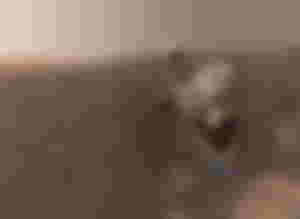
7.This self-portrait of NASA's Curiosity Mars rover shows the vehicle at Namib Dune, where the rover's activities included scuffing into the dune with a wheel and scooping samples of sand for laboratory analysis. The scene was taken on January 19, 2016, during Sol 1228.
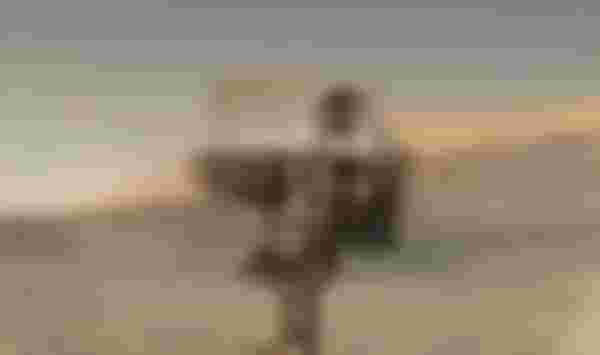
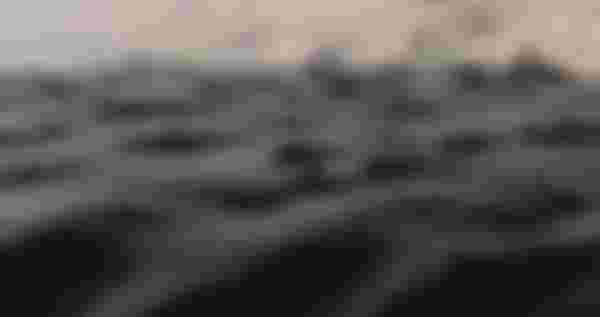
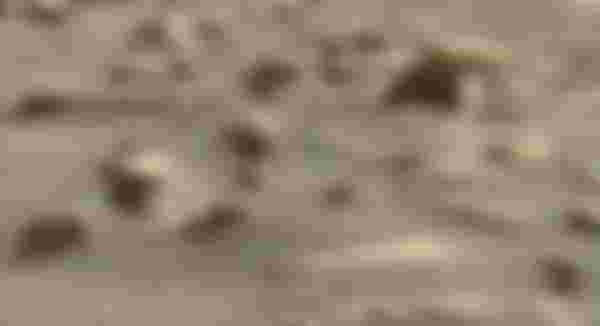


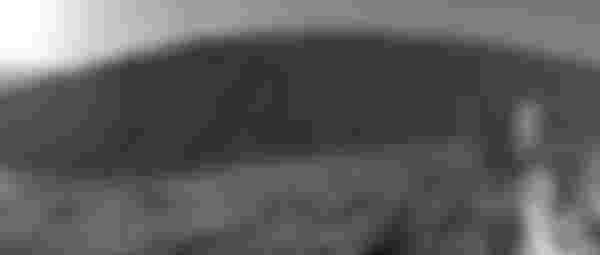
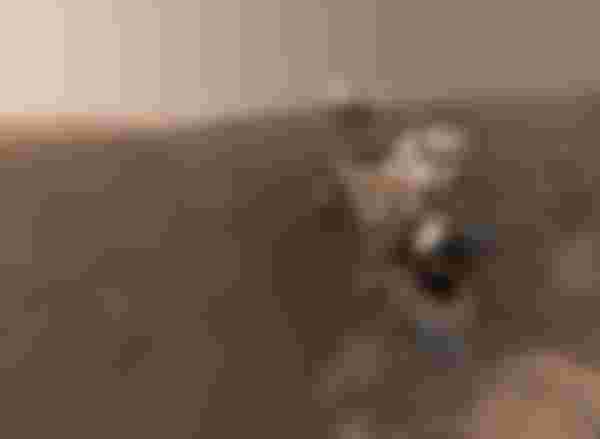
wow. these are incredible images of the red planet!